Running with Swee

It is common to have people enroll themselves in swim classes to learn the right and proper swim technique and strokes. However, not many people would actually think about enrolling themselves for programs to help them learn proper running technique and form. People have asked me "Isn't running just running? Why would anyone need to learn how to run?" To many, running is just placing one foot in front of the other, much like walking, but at a faster pace. What’s more, running is something most of us would have done since we were children and for many years now. So how difficult can running be?
It is true that running is a simple activity. Most people would head out for a run and not take notice of their running mechanics and form. I am not saying that you should not run if you do not have the proper running technique and form. If you are happy with the way you are running and have never sustained any injuries then by all means stick to your current running technique and form.
However, many runners compromise their running efficiency, running speed, and place undue strain on their joints and muscles which oftentimes lead to injuries. To run more efficiently, faster, and/or with less or no injuries, it would be beneficial to know and learn the right running technique and form for you.
There are many different methods available for learning how to run better. So what I am about to share with you is a definition of a good running technique and form:
Keep a relaxed upright posture.
Keep head, shoulders, and hips square forward facing and aligned over your feet.
Look straight ahead at where you are running towards.
Relax shoulders, arms, and hands.
Bend arms at the elbow at about 90 degrees.
Swing arms in a front and back motion from the shoulders.
Land or contact the ground with your mid foot (ball of the foot).
The above is just a basic description of what your form should look like when you are running. Should you decide to change your running technique and form, take it slow as change takes time. Start with correcting your form when running 500m and then slowly increase the distance as you become more comfortable with the new technique and form.
It is very common for all of us to forget about our running technique and form when we are tired during our run. Most people tend to slouch and have their eyes focused on the ground, tense their upper body, restrict their arm movement, and shuffle their feet along the ground. This will actually slow you down even more. Remember, no matter how tired you are, just keep focusing on your running form. You will find that you will get to the finish faster and in less pain and agony.
Running with you ~ Swee
Quotations:
“Everyone who got where he is has had to begin where he was.” ~ Robert Louis Stevenson
"Sometimes it’s the smallest decisions that can change your life forever." ~ Keri Russell
Dr Tan Swee Kheng is a Kinesiologist and movement specialist. She obtained her Doctorate of Philosophy in Kinesiology from Michigan State University, USA. Currently, Dr Tan conducts an exclusive running program just for women – The First Stride, designed to demystify training processes to help women achieve their running potentials. Recently, adidas has partnered with Dr Tan to offer free running sessions to women via the adidas Women's Run initiative.
Dr Tan was formerly a national hockey player who started playing hockey at the age of 8. She was part of the team that won the first and to date only gold medal for Singapore Women's Hockey during the 1993 South East Asian Games. Dr Tan retired from hockey in 1999 to further her studies in the USA.
Today, Dr Tan still maintains her competitiveness in sporting events such as marathons, biathlons, and triathlons. She has run several local and overseas marathons including the 2002 Boston Marathon in Massachusetts, USA, and has taken part in several local biathlons and triathlons. Dr Tan is also a one-time Ironman finisher.

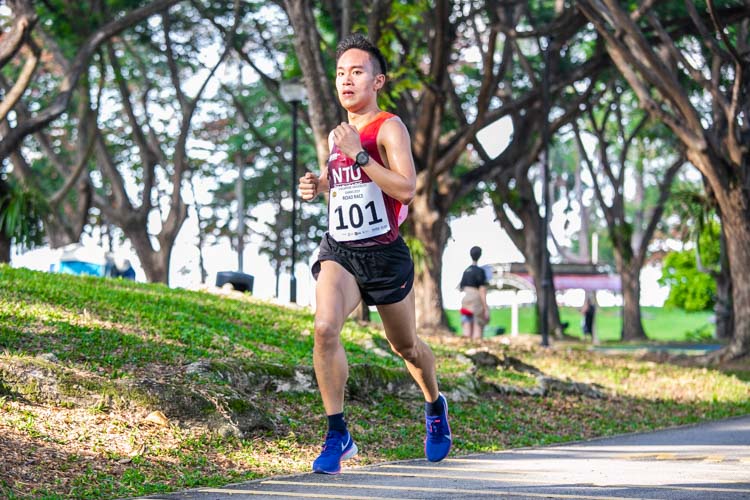
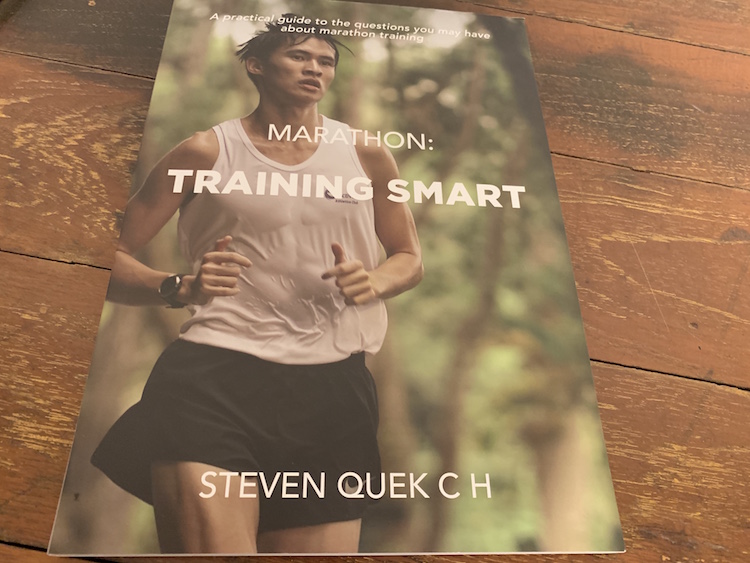
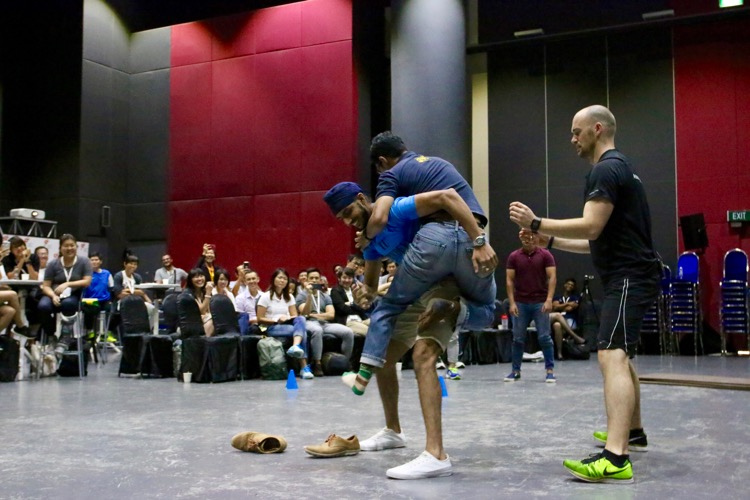

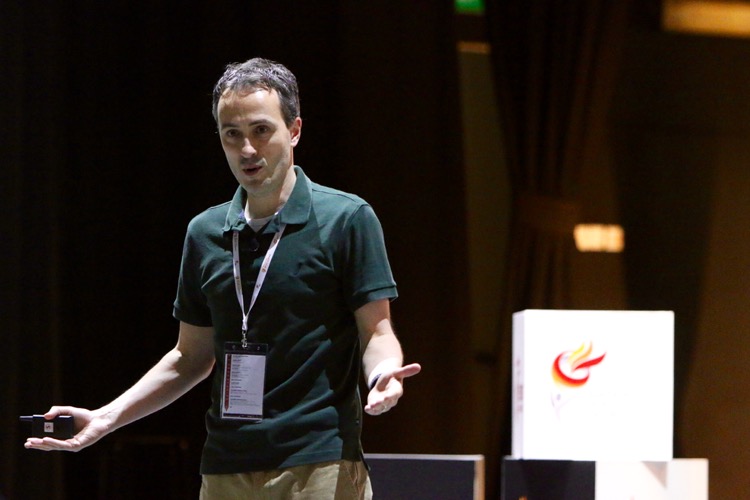
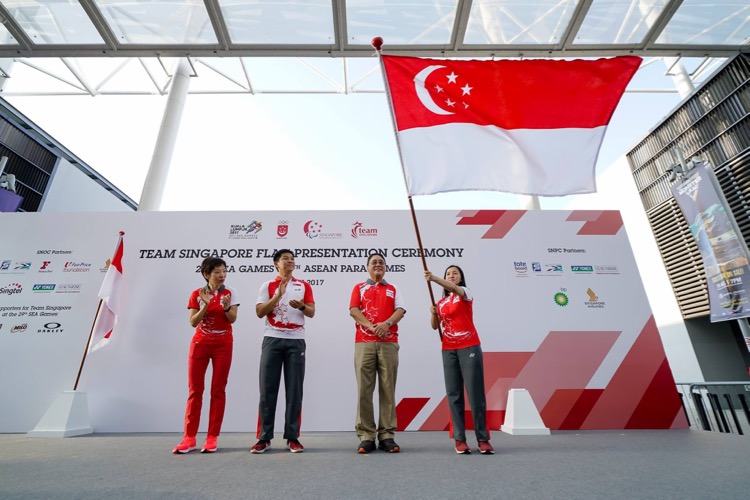
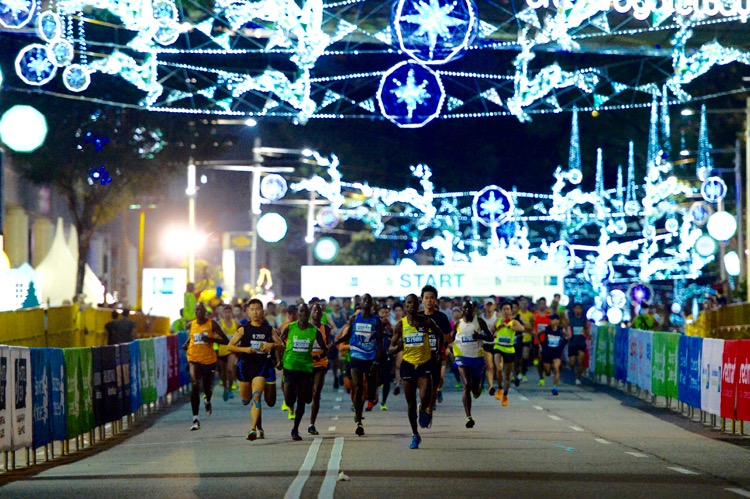
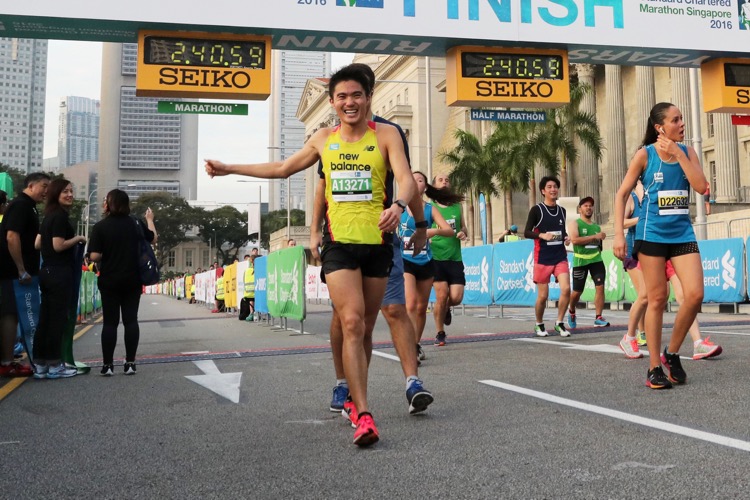
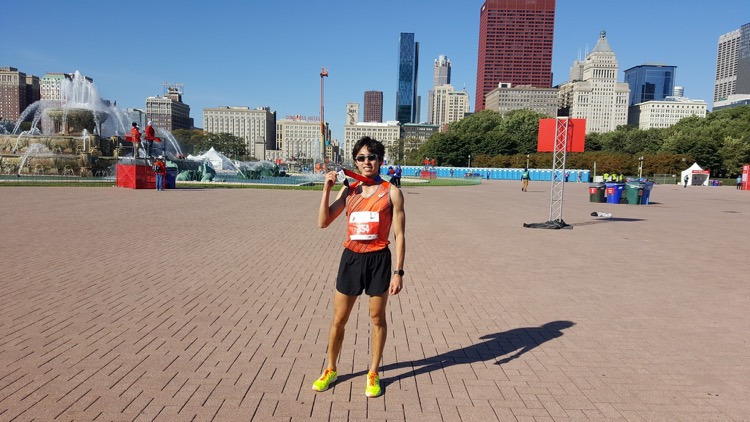
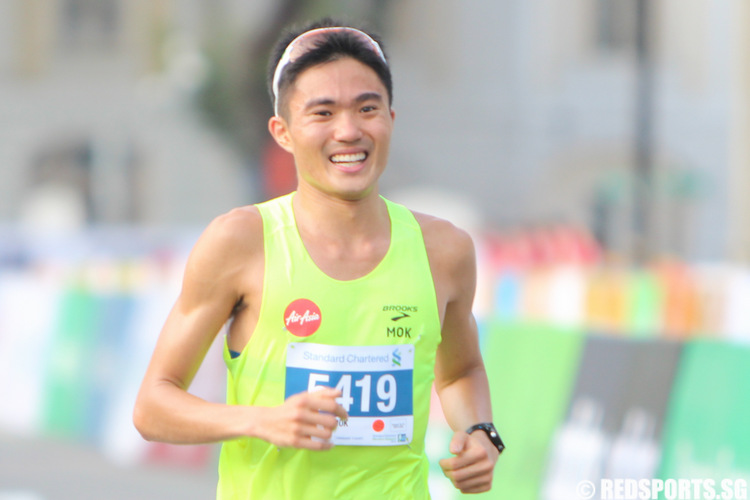
I got the passion on running , but i not sure the correct tecnique to run . my stamina is going from bad to worst .
i hope that i can run with the correct way & go for competitions
Can here help me ?